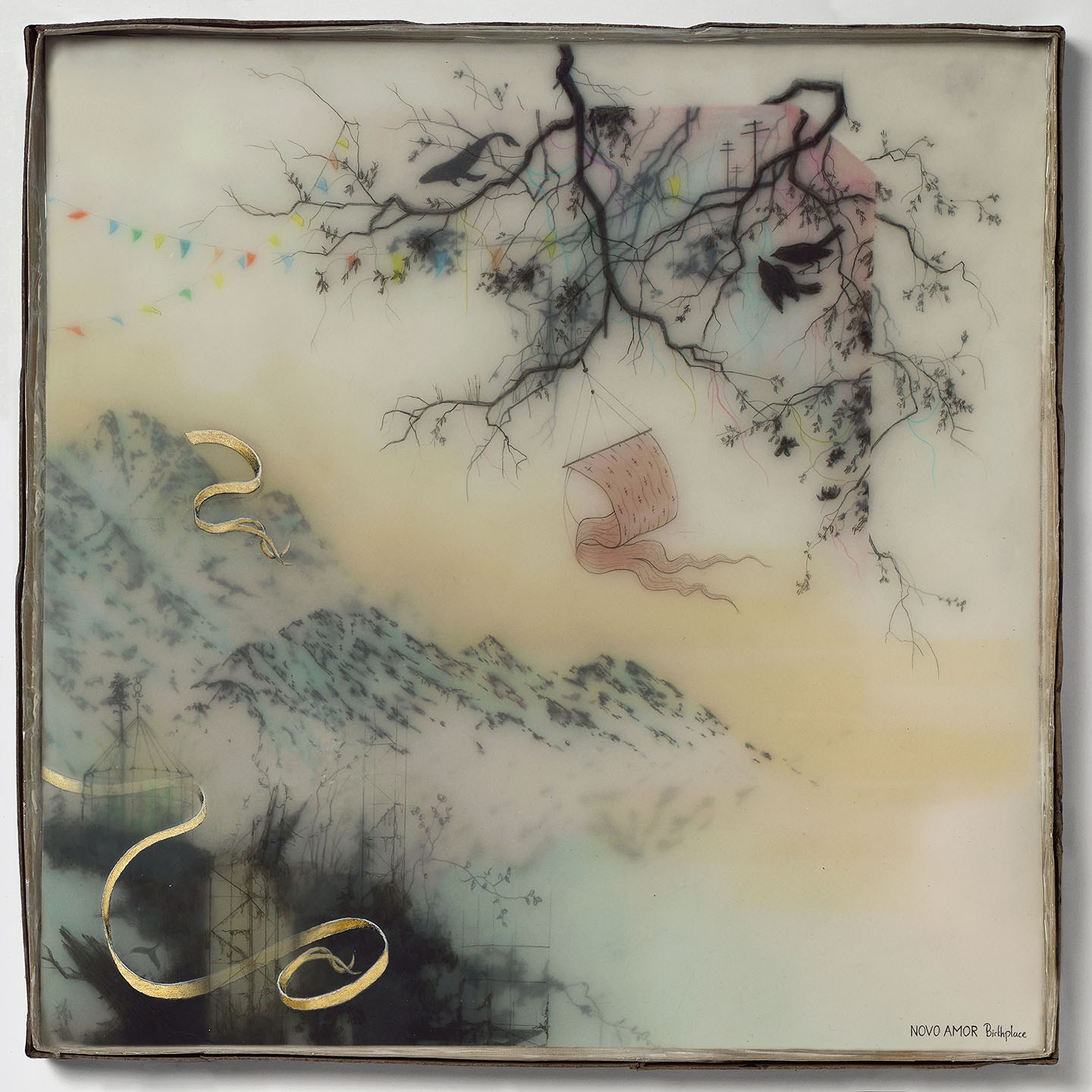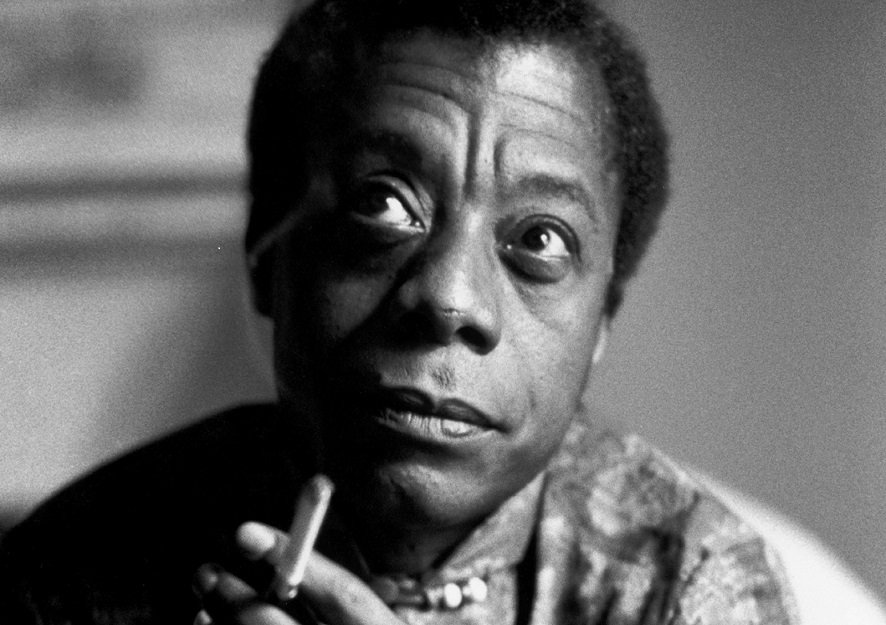Thanksgiving is over, time for me to start listening to weirdly depressing covers of Christmas music!
Silhouette – Aquilo
Antes de Morirme (feat. Rosalía) – C. Tangana
start//end – EDEN
What a Heavenly Way to Die – Troye Sivan
Loyal – ODESZA
lovely – Billie Eilish & Khalid
Coldplay (feat. Vic Mensa) – Mr Hudson 1
Since the Day I Was Born – Lostboycrow
Ibiza (feat. Romeo Santos) – Ozuna
Not Alone – LINKIN PARK
Sad Season – Gavin Haley
you should see me in a crown – Billie Eilish 2
Optimistic – Lontalius
Push for Yellow (Shelter) – Valley
La Modelo (feat. Cardi B) – Ozuna
Something Just Like This – The Chainsmokers & Coldplay
America – XYLØ
Ficción (feat. Bebe) – Costa, Mygal X & Bebe 3
Viva La Vida (Live in Buenos Aires) – Coldplay
Aura (feat. Arthur Hanlon) – Ozuna
Setting Fires – The Chainsmokers & XYLØ
Una Flor – Ozuna
Bebé (feat. Anuel AA) – Ozuna
Rooftop (feat. Jake Miller) – The Stolen 4
Wash over Me – Jazz Morley
Fix You (Live in Buenos Aires) – Coldplay
Única – Ozuna 5
Stay Closer – ZHU
Pteryla – Novo Amor & Ed Tullett
Alps – Novo Amor & Ed Tullett
You Found Me – The Fray
Arashiyama – Fyfe & Iskra Strings
Seneca – Novo Amor
The Road Less Wandered (SYML Rework) – Aquilo & SYML
Emigrate – Novo Amor 6
Unsteady – X Ambassadors
Save Me – Majik
Who Are You (Anatole Rework) – Aquilo & Anatole
Indian Summer – Jai Wolf
Alabao (feat. Canalón de Timbiquí) – Trending Tropics
Serotonin Rushes – Fujiya & Miyagi
Repeat Until Death – Novo Amor
Please – Saro
Stuck – Imagine Dragons
Reasons to Fight (feat. Ziggy Marley) – Trending Tropics
Generation Why – Conan Gray 7
El Síntoma de (ún) Músico [feat. La Tortuga China] – Trending Tropics
Bellyache (Marian Hill Remix) – Billie Eilish
Nevermind – Dennis Lloyd
- Had to get out my phone during a game of Scattergories to prove that there’s actually a song called “Coldplay” ↩︎
- Favorite review of this song I’ve heard, (paraphrased) from a tech podcaster: “during the day, put the volume on your HomePod really high, and then play this song. During the day, though, don’t do it at night, your neighbors will get mad.” ↩︎
- I’ve actually got a joke I came up with about the way this song sounds, but thinking about it I don’t think I want to post it online, because I don’t want the internet knowing what my sense of humor is like. ↩︎
- I haven’t actually listened to Jake Miller’s new single yet, it’s in my queue, but I’m still wondering if anyone’s told him that entire color theme screams “bisexual” ↩︎
- does this one get stuck in your head as much if you don’t know Spanish? someone who didn’t take Spanish in high school, report in ↩︎
- Probably my favorite song off the new album. That said, the whole thing is great; if you want to feel nostalgic, I recommend it. ↩︎
- So far my impression of this guy is “a gay who decided ‘instead of being a Lana del Rey fangirl, I’m just gonna be her’” ↩︎












